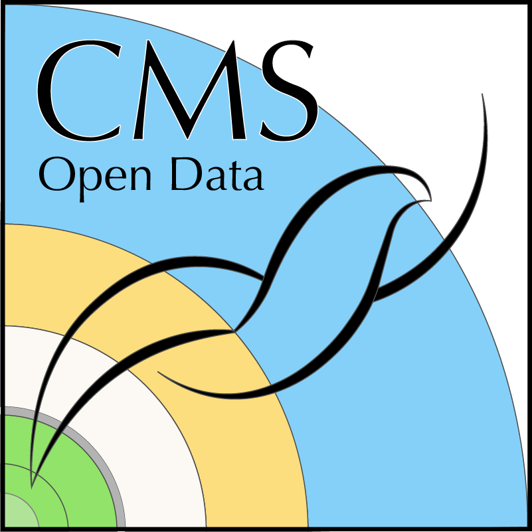Summary and Schedule
This is a new lesson built with The Carpentries Workbench.
| Setup Instructions | Download files required for the lesson | |
| Duration: 00h 00m | 1. Introduction to statistical inference |
What does statistical inference mean? What is a statistical model and a likelihood? What types of statistical models do we use? How do we incorporate constraints on nuisance parameters? |
| Duration: 00h 20m | 2. Limits |
What are limits? What are expected and observed limits? How do we calculate limits? |
| Duration: 00h 30m | 3. The CMS Combine statistical analysis and combination software |
What is Combine? How do I input a statistical model into Combine? What tasks does Combine perform? Can I use Combine outside CMS? Where can I find detailed documentation? What does it mean to publish a statistical model, and why is it so important? |
| Duration: 00h 40m | 4. Limit calculation challenge |
How do I write a Combine datacard for a counting analysis and for a
shape analysis? How do I incorporate the effects of systematic uncertainties? How do I calculate expected and observed limits? How do I interpret the resulting limits? |
| Duration: 01h 20m | Finish |
The actual schedule may vary slightly depending on the topics and exercises chosen by the instructor.
This exercise uses Combine, the CMS statistical analysis and combination tool. Combine is built around ROOT, RooFit and RooStats. It provides a command-line interface to several common workflows used in HEP statistical analysis.
More information on Combine can be found in
- the Combine paper: CMS-CAT-23-001 / arXiv:2404.06614
- detailed user manual: Combine github pages
CMS users can use Combine as part of CMS software. But Combine was also recently released for public use (public use instructions).
